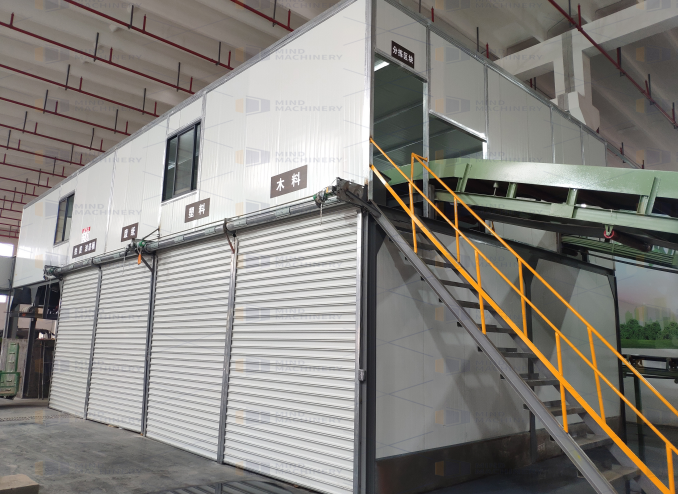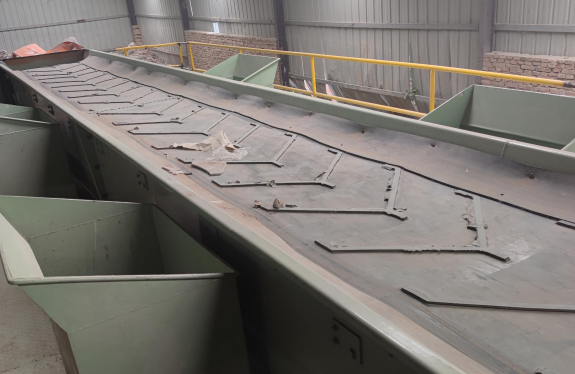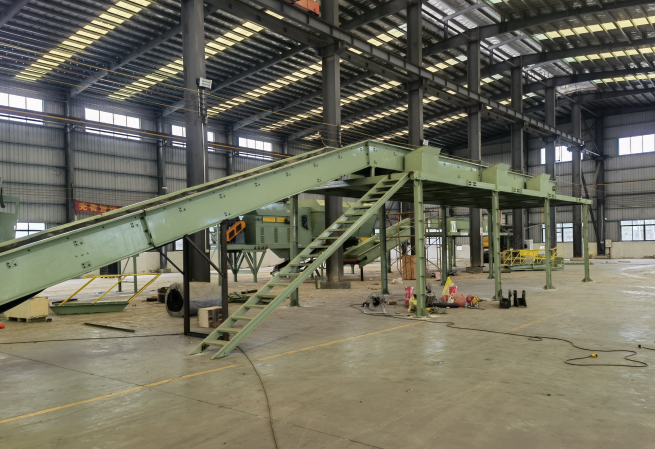manual sorting cabin for municipal solid waste

A manual sorting platform is a system where items are organized through human intervention,
rather than automation. Its main purposes include organizing items efficiently and conducting
quality control. Common applications are found in logistics, recycling, and inventory management.
Key features include workstations for sorting, clear guidelines, and training for workers.
Benefits of this approach include flexibility, human insight for better decision-making,
and cost-effectiveness, while challenges involve being labor-intensive, potentially slow,
and subject to human error. Overall, it plays a vital role in solid waste sorting industries
by providing a structured way to sort and manage items.

In the garbage sorting, recycling and processing line, it is sometimes necessary to manually
sort interference objects and specific types of garbage. The sorting room is an important part
of the manual sorting station. The sorting workers carry out garbage sorting operations
in the spacious and bright sorting room. The sorting room is equipped with good ventilation
and air conditioning devices to ensure the sorting The personnel operate in a good working environment.
> The sorting house adopts the color steel tile structure
> Optional fresh air system and air conditioning system
> Receive hopper type can be customized
> Sorting station quantity can be customized
> Containerized waste receiving bins can be customized according to project needs
-
 Trommel screenTrommel screen, also known as drum screens, are widely used in various industries for sorting and separating materials.Get Quote
Trommel screenTrommel screen, also known as drum screens, are widely used in various industries for sorting and separating materials.Get Quote -
 Crop straw double shaft shreddApplications:Biomass Energy Production: Shredded straw can be used as a feedstock for bioenergy plants to produce electricity or heat.Livestock Feed: Reduced-si...Get Quote
Crop straw double shaft shreddApplications:Biomass Energy Production: Shredded straw can be used as a feedstock for bioenergy plants to produce electricity or heat.Livestock Feed: Reduced-si...Get Quote -
 Zhongcheng Air Drum SeparatorAir drum separators effectively separate lightweight materials (e.g., plastics, paper) from heavier materials (e.g., metals, glass). This high efficiency is cru...Get Quote
Zhongcheng Air Drum SeparatorAir drum separators effectively separate lightweight materials (e.g., plastics, paper) from heavier materials (e.g., metals, glass). This high efficiency is cru...Get Quote
-
2023-01-12Double-Shaft ShredderThe Double-shaft shredder is a widely used industrial shredder that efficiently processes various mixed waste materials, such as construction waste, industrial ...
-
2024-08-28Scrap rubber product shredderThe shredder of waste rubber products not only helps to reduce environmental pollution, but also improves the reuse rate of waste rubber, which is one of the im...
-
2024-06-05Waste Trommel And Copmost TrommelHowever, it's important to choose the right type of drum screen based on your specific needs. Today, Kevin from Zhongcheng Company will explain the differences...
-
2024-10-23Solid waste recycling plantOur company engaged in waste sorting system . We are professional about waste sorting system . We have professional technical team. Professional technical team...
-
2024-05-18Spring Cone CrusherSpring cone crushers are generally used in the medium and fine crushing links of mine crushing, and are mainly used in the secondary crushing and tertiary crush...



